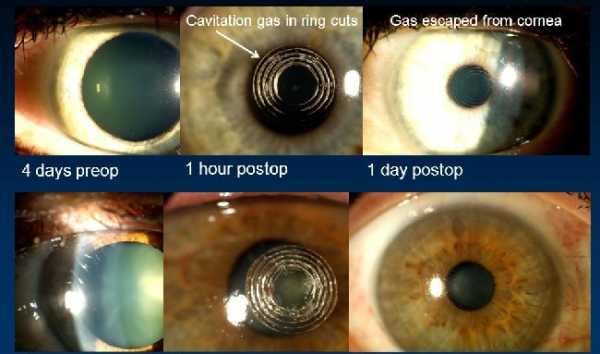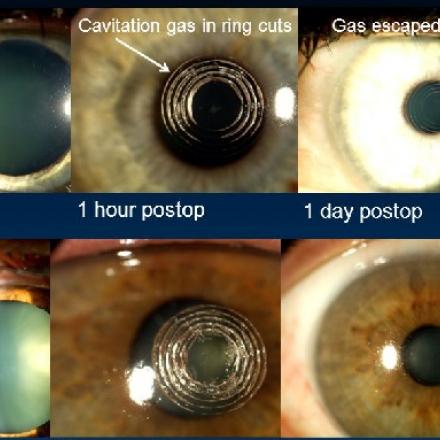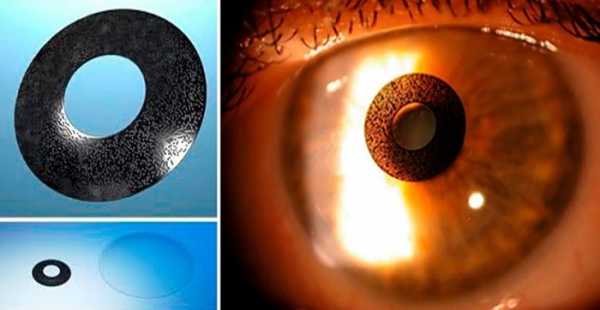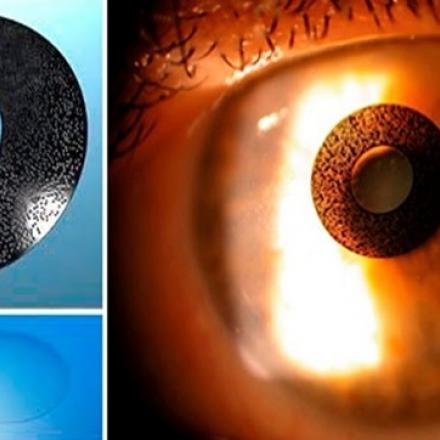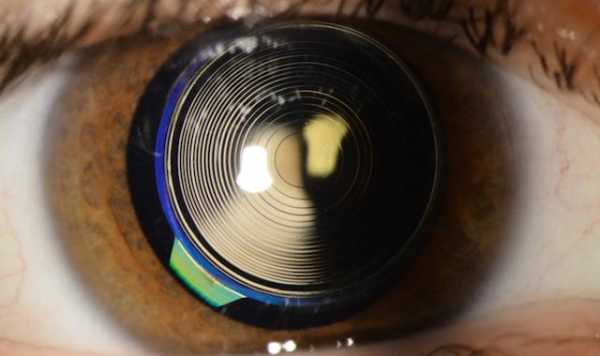
Presbyopia Surgeries
1- Intraocular lens
Presbyopia Surgeries are relatively new and still undergoing refinement and improvement. They are performed in Europe and other parts of the world. In the United States, the FDA has not given the stamp of approval to most specific surgeries, beyond the implantation of an intraocular lens for presbyopia during cataract surgery, although approval could come at any time.
There are ophthalmologists in the US who will use intra-ocular lenses specifically for presbyopia without cataracts, as well as do other surgery in what are called “off-label” indications. These are not illegal, but are not approved by the FDA. Depending on where you live, you may need to do research or talk to an eyecare professional to determine what is available.
2- Lasik For Presbyopia
LASIK surgery is the most commonly performed vision-correcting surgery. LASIK stands for Laser-Assisted in Situ-Keratomileusis, which means using a laser to reshape the front of the eye (the cornea). It is frequently chosen by people who are nearsighted (myopic). One of the problems with this is that it can make inevitable presbyopia worse when people age.
Some ophthalmologists do monovision LASIK, where one eye is corrected for close work and one for distance. If this is something you are considering, you should have a trial with contact lenses, to see how well you can handle monovision.
Not everyone can adjust to it. Also, there is no way to know how much presbyopia you will develop later in life. You may still wind up needing further correction with glasses, contact lenses, or other surgery.
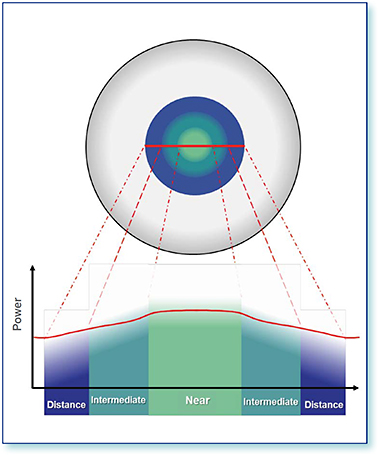 Presbylasik or lasik for presbyopia surgery done on both eyes to correct presbyopia with or without correcting myopia is done elsewhere but is not yet approved by the FDA in the United States.
Presbylasik or lasik for presbyopia surgery done on both eyes to correct presbyopia with or without correcting myopia is done elsewhere but is not yet approved by the FDA in the United States.
When altering the shape of the cornea, surgeons can use different parts of the cornea to correct different visual distances, much like progressive lenses, so this allows both eyes to work together. There are eye surgeons who do offer Presbylasik in the United States, but it is easier to find in other places.
A different procedure called Intracor (available in Europe) uses a laser to make rings within the cornea. This leads to a multifocal cornea that can improve vision at different distances. Another procedure called Supracor is currently being tested.
It is very difficult to undo or redo LASIK or other laser cornea procedures. This is the concern for people who want to try and be glasses free and/or contact lenses free throughout life. The surgeries are also not free of complications or risk. Read More About Intrastomal Corneal Inlays
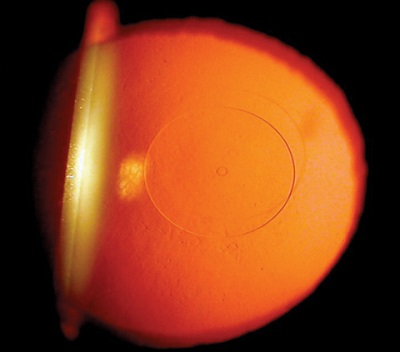 3- Intrastromal Artificial Implants
3- Intrastromal Artificial Implants
There are other presbyopia surgeries which use pockets made by lasers in the cornea for artificial implants or inlays to change the shape of the cornea and correct vision.
A number of inlays are used for this purpose in Europe and other places. At least one is used for monovision and another for multifocal vision in both eyes. The Flexivue MicroLens is removable.
One inlay, called the Kamra Inlay, works by allowing only focused rays of light to enter the eye, which 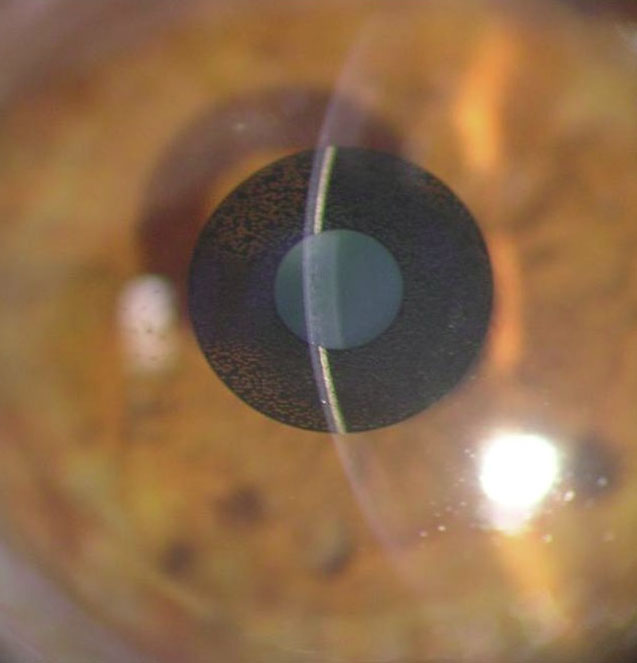 improves close vision.
improves close vision.
The inlay can be obtained in many countries. There is a large clinical trial following 507 patients in the United States which has shown good results to date.
The can be put in at the time of a LASIK procedure (sim-LASIK) or after a Lasik procedure.
The Kamra inlay is also removable. Sim-LASIK is very popular outside of the United States. It may well be the next procedure approved by the FDA.
4- Conductive Keratoplasty
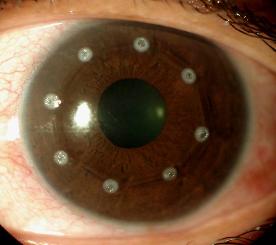 One procedure that was approved by the FDA is called a conductive keratoplasty. It uses low energy radiofrequency energy to gently reshape the outer part of the cornea.
One procedure that was approved by the FDA is called a conductive keratoplasty. It uses low energy radiofrequency energy to gently reshape the outer part of the cornea.
The energy eventually tightens the periphery of the cornea and refocuses light. This procedure is not actual surgery where tissue is removed. It is used to produce monovision correction for presbyopia. However, it is not permanent.
Ophthalmologists all over the world are working to find the best surgical procedures to correct presbyopia without worsening other visual problems. If you live in Europe, you may have many choices.
Results from some studies could lead to FDA approval in the hopefully not-too-distant future. Until then, people in the United States with presbyopia need to use other ways to correct their vision unless they have the desire and financial ability to travel to another country, and/or the willingness to have a procedure not deemed safe and effective enough at the current time by the FDA. There are doctors in the United States who use IOLs and surgical procedures in these “off-label” situations.
If you are interested in one of the presbyopia surgeries not yet FDA approved, you can look for a doctor in the United States who will do it, or you can travel outside of the country. Either way, you will almost certainly have to pay for it yourself. Even FDA-approved procedures may not be covered by private insurance or Medicare if there are other, less expensive options.
Before you decide to have any kind of presbyopia surgeries, weigh all your options, considering safety, cost, and what will suit your visual needs. An eye care professional should be able to help you make a good choice wherever you live.
5- Intracor Laser Eye Surgery
New Laser eye surgery for the treatment of Presbyopia. Femtosecond laser is used to create central corneal concentric rings to reshape the curvature of the cornea. Read more about INTRACOR Laser Surgery



